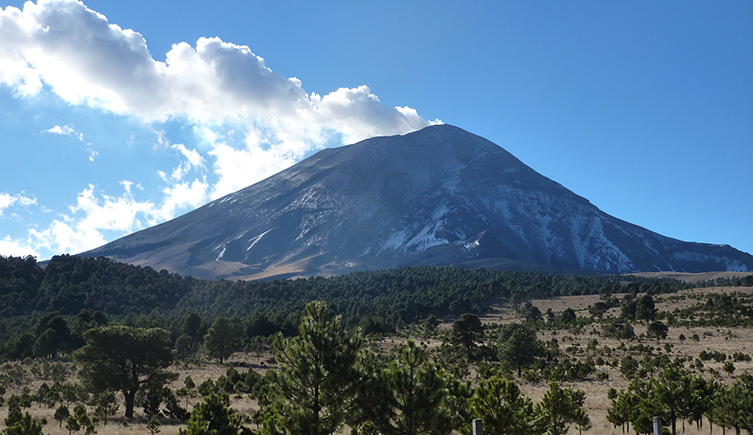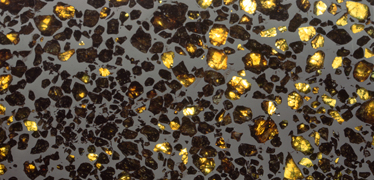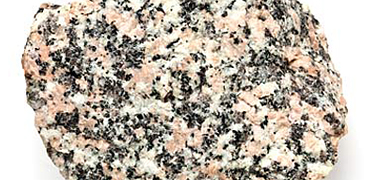Popocatépetl volcano, Mexico

Popocatépetl Volcano, Mexico
Project summary
- Focus: Modelling the eruptive behaviour of Popocatépetl volcano to understand relationships between the timescales of pre-eruptive magmatic processes and the dynamics of Popocatépetl’s plumbing system.
Large stratovolcanoes like Popocatépetl can switch from low or moderate eruptive behaviour to catastrophic Plinian eruptions. We aim to determine the mechanisms and timescales of this switch and the relationship between timescales of magmatic processes, eruptive style and magma-recharge flux.
Popocatépetl is the second most active volcano in Mexico. In terms of explosive activity and population threat, it ranks highest in Mexico and North America. One of the 10 most-populated volcanoes in the world, Popocatépetl has around 30 million people living within a 70 kilometre radius of its 5,452-metre summit.
Current research
Our research focuses on understanding why Popocatépetl’s eruptions switch from moderate to large-scale, and determining the timescales over which those switches occur. We hope to determine whether the volcano’s current moderate explosive activity will culminate in a Plinian eruption.
To mitigate the risk associated with Plinian eruptions at Popocatépetl and for large stratovolcanoes in general, we must understand their past eruptive behaviour. Our work focuses on determining the relationship between timescales of pre-eruptive magmatic processes and the dynamics of the volcano’s plumbing system.
We are carrying out in-situ geochemical and petrological work at the mineral scale to determine whether there is a clear timeline associated with dormant periods and changes in eruption styles at Popocatépetl. We are also investigating the potential relationship between the frequency and magnitude of an eruption and magma injection.
Objectives
- Determine crystal residence time: Constrain crystal residence time and determine the timescale of multiple pre- and syn-eruptive magma hybridisation processes, which are recorded by elemental diffusion modelling of core-rim and chemically-zoned portions of single crystals.
- Evaluate magmatic end-members: Identify the nature of pre- and syn-eruptive magma mixing. Determine the input of new mafic magma via strontium, neodymium and lead whole-rock isotopes and in-situ micro-strontium isotopes on chemically-zoned portions of single crystals.
- Model eruptive behaviour: Provide a working model of Popocatépetl’s past eruptive behaviour by linking crystal residence time and crystal isotope stratigraphy.
Methods
We are using a combination of micro-analytical techniques, including electron microprobe and laser ICP-MS, to determine the major and trace element chemical composition of single minerals. We are also acquiring high-resolution images using techniques such as scanning electron microscopy (SEM).
We are using mass spectrometry to determine isotope variations within the samples, and techniques such as micro-drilling combined with mass spectrometry to determine in-situ isotope variations.
Museum staff
- Dr Chiara Maria Petrone
- Mr Martin Mangler
Collaborators
- Dr Julie Prytulak
Imperial College - Dr Hugo-Delgado Granados
Universidad Autonoma de Mexico - Dr Daniel Morgan
University of Leeds
Popocatepeti fieldwork
Funded by


Newton Fund – Royal Society International Exchange Funds

Origins, evolution and futures research
We study the Earth's origins, environment and the evolution of life

Mineral and planetary sciences research
Investigating the origins and evolution of Earth and our solar system

Rock collection
The Museum’s rock collection consists of approximately 123,000 samples collected from around the world